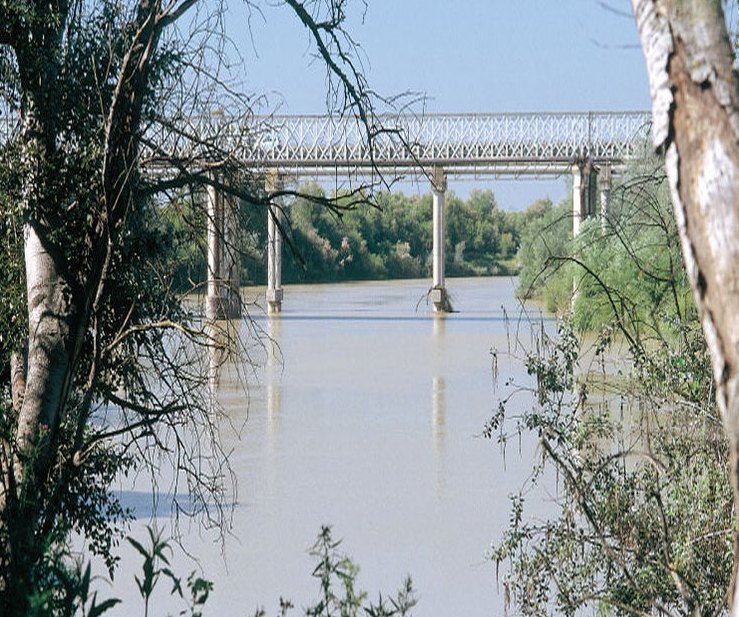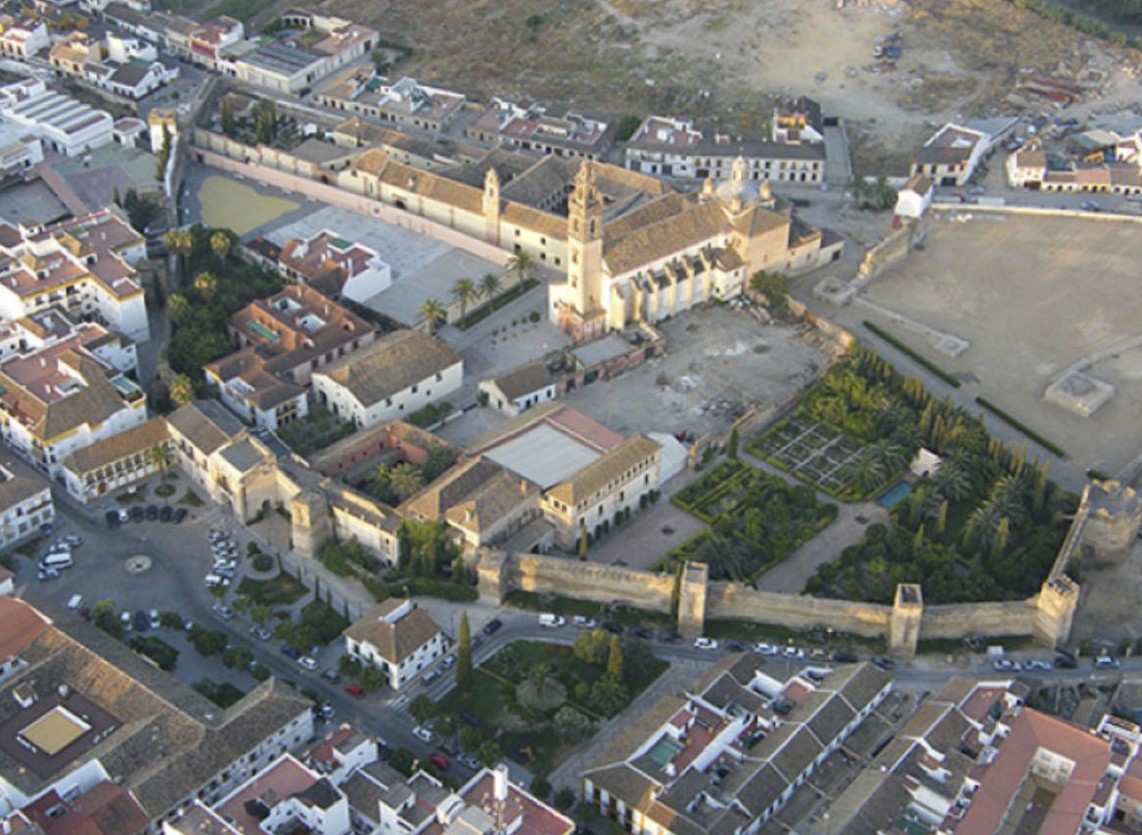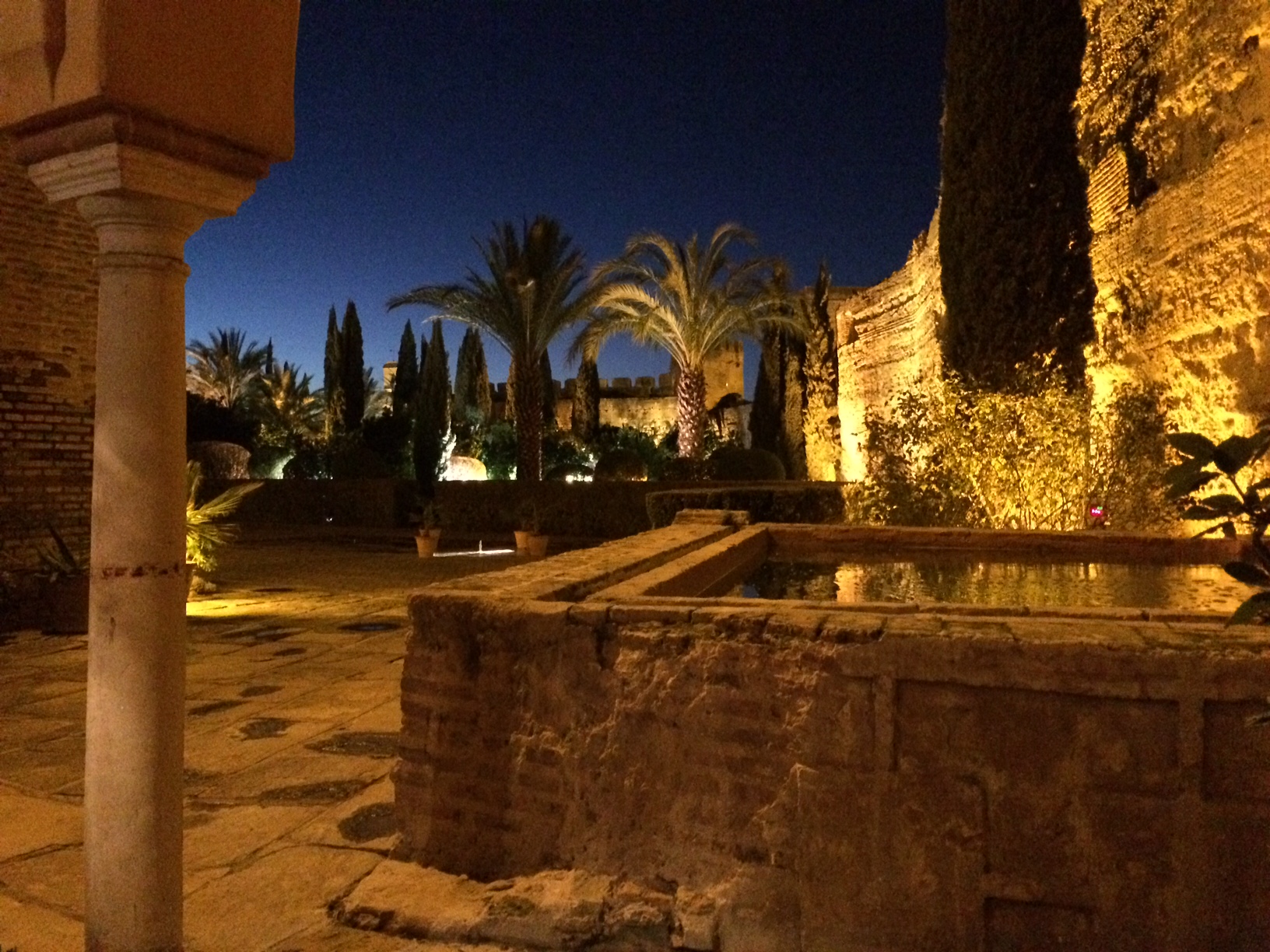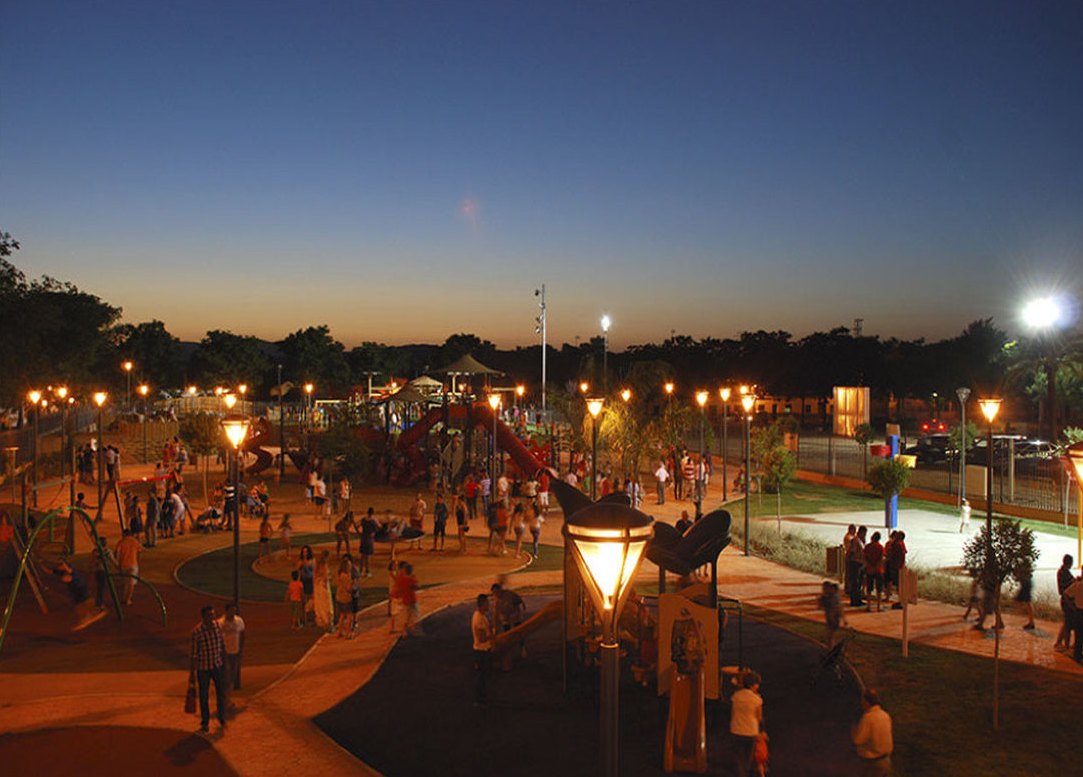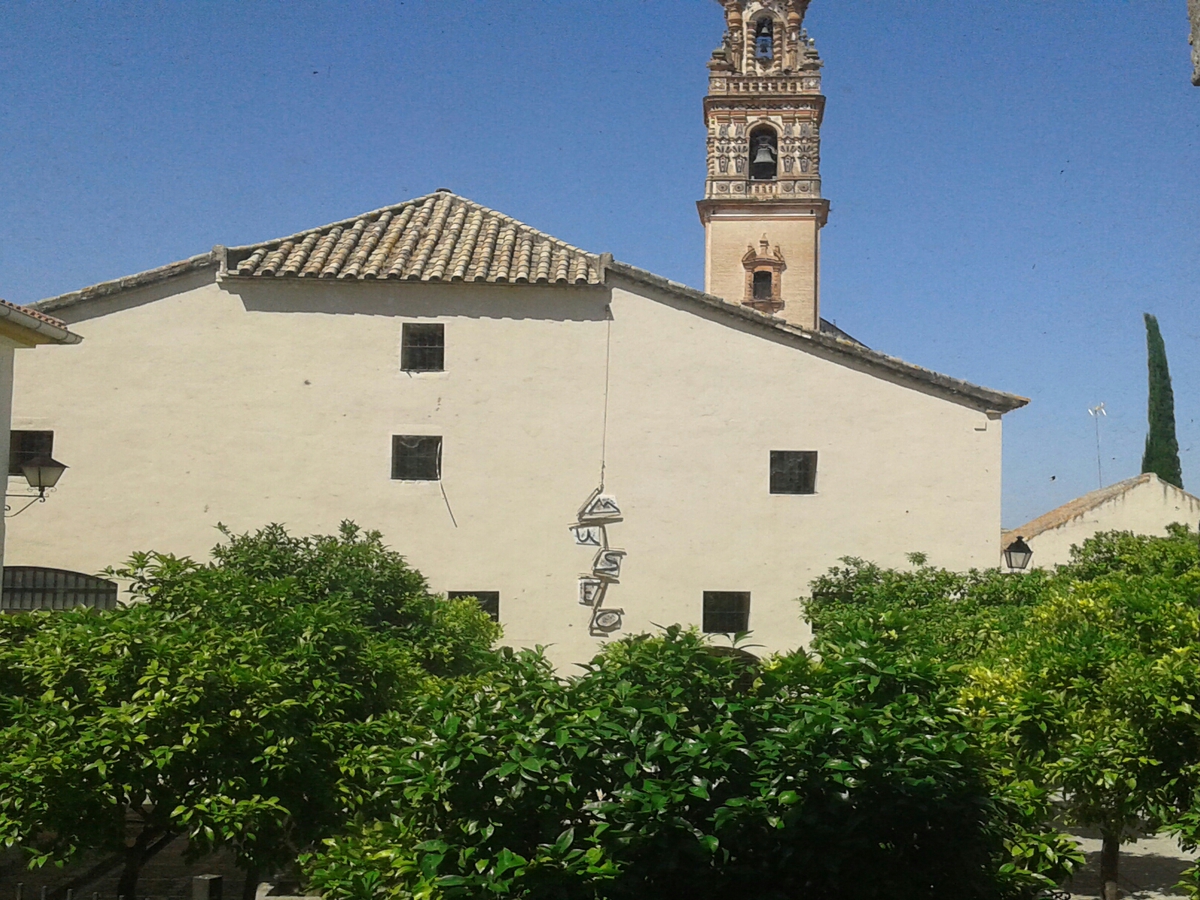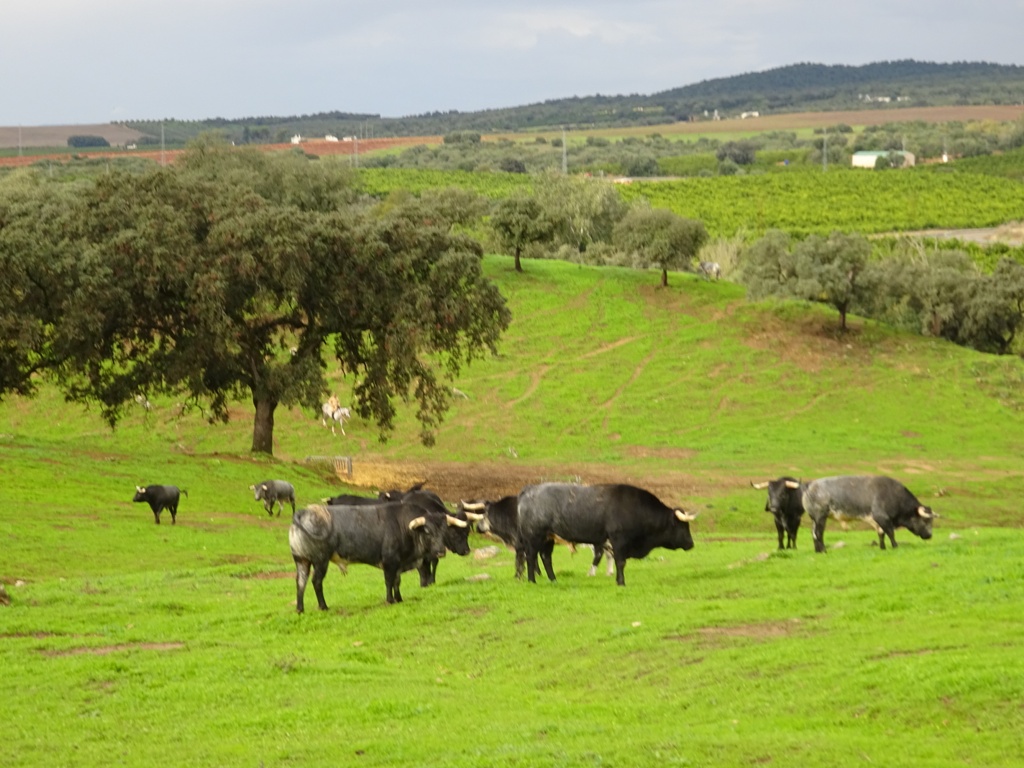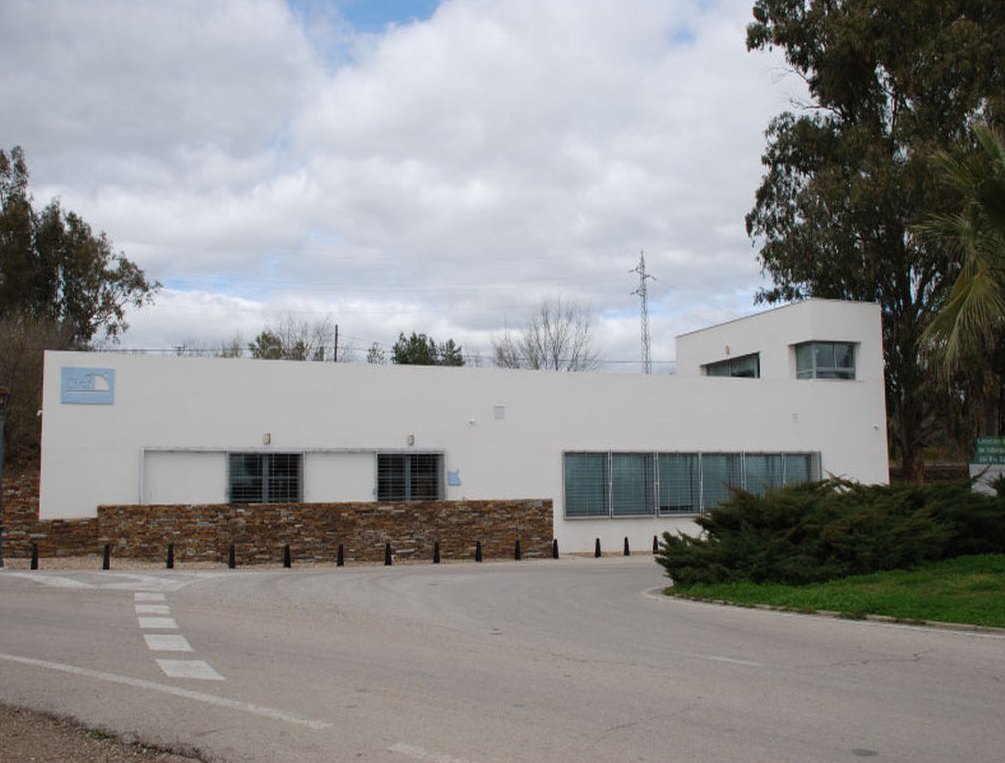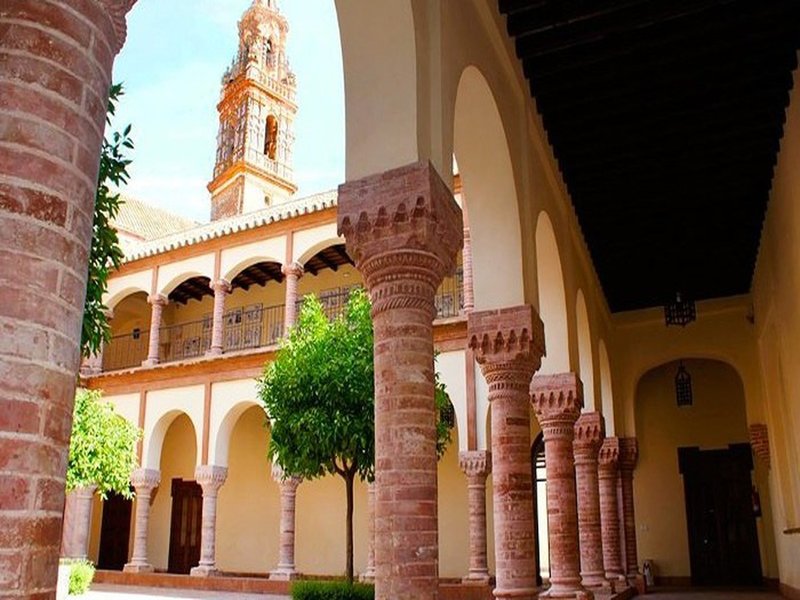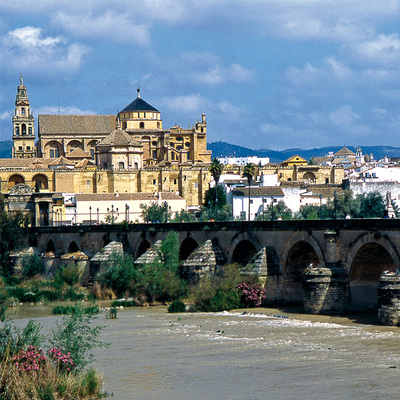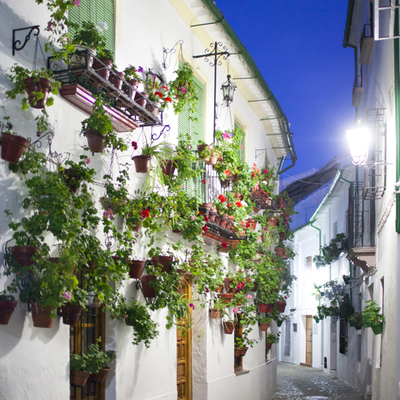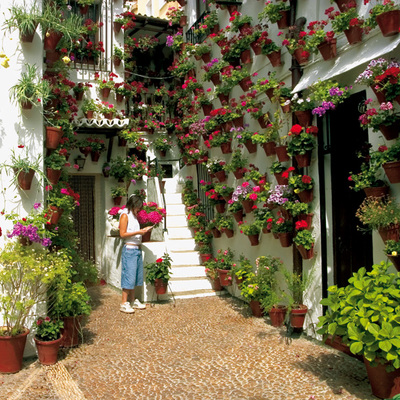Convento de Santa Clara
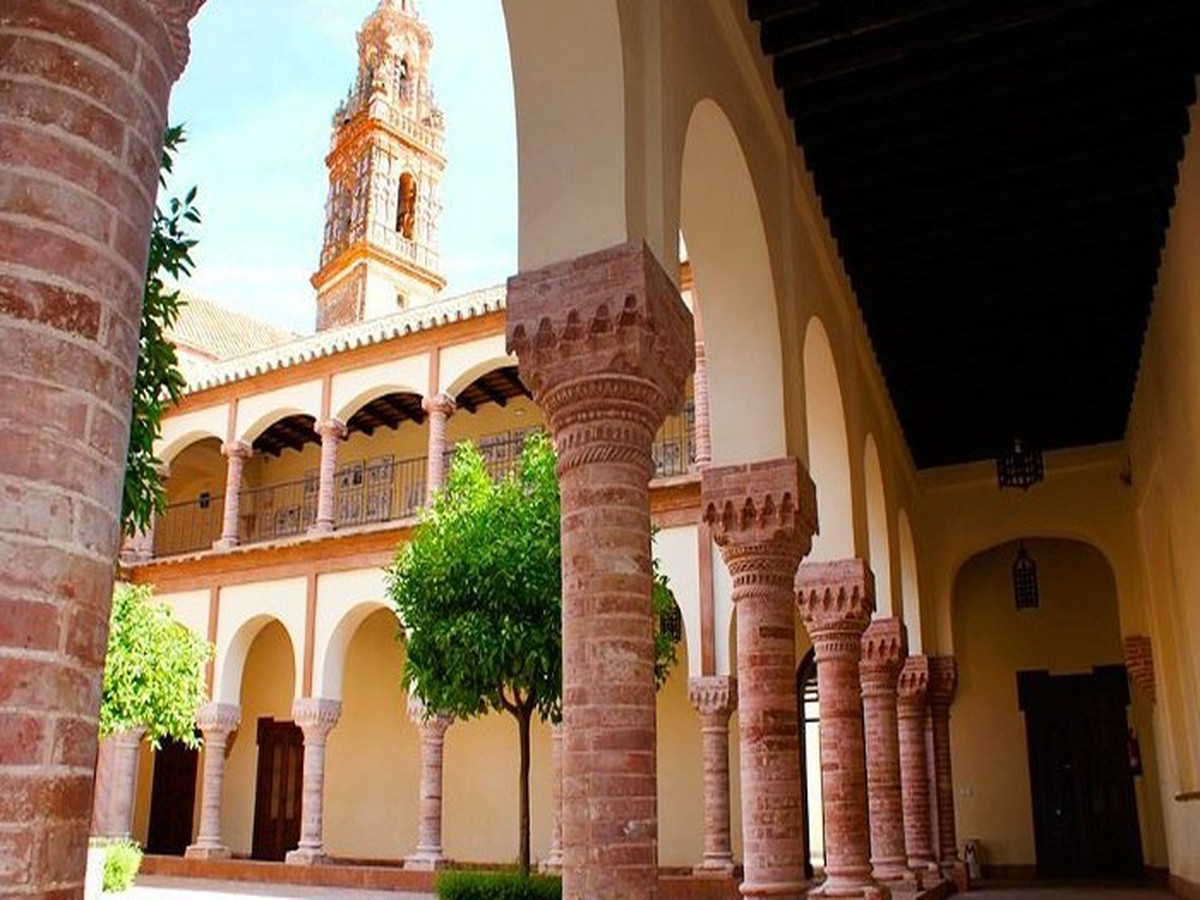
In Palma del Río, the origins of Santa Clara Convent are explained by Brother Andrés de Guadalupe in his 'Historia de la Santa Provincia de Los Ángeles' (Madrid, 1662), attributing its foundation to Juan Manosalbas when repenting after killing his wife in an act of jealousy. To repair the memory of his wife and to atone for his sins, he offered his home to the order of Saint Claire. On 13 March 1498, Pope Alexander VI signed the Bull of Foundation and, years later, the first Counts of Palma, Luis Portocarrero and Francisca Manrique, were the benefactors of the convent, expanding the building and bringing two Saint Claire nuns from Andújar to establish the monastery.
The site of the convent is divided into various sections of building articulated by several courtyards. The convent was built over several centuries, and this can been seen in its different styles: Mudéjar, Renaissance and Baroque. The porticoed courtyard of the cloister, with a quadrangular floor plan, constitutes the architectural feature of greatest artistic value. Of particular note is the non-uniformity of its four interior façades, as the one situated to the north on the ground floor has Baroque columns, Solomonic columns and simple capitals opposite three galleries of ceramic brick columns with bases and capitals displaying examples of Mudéjar art.
From its beautiful patio, you can undertake a journey through new courtyards, a lower and upper choir, latticework, a church that is today a function room, an entranceway with winch and beautiful Seville tiles, craftsmanship and wrought iron mixed with carved wooden beams, wells and fountains, gardens and a pond, and orange trees in blossom inviting peace and reflection.
Free entrance.
According to visits established by the Tourist Office. Please consult.
Services and infrastructure
Segments
Specialties
Open to visitors
You may be interested
